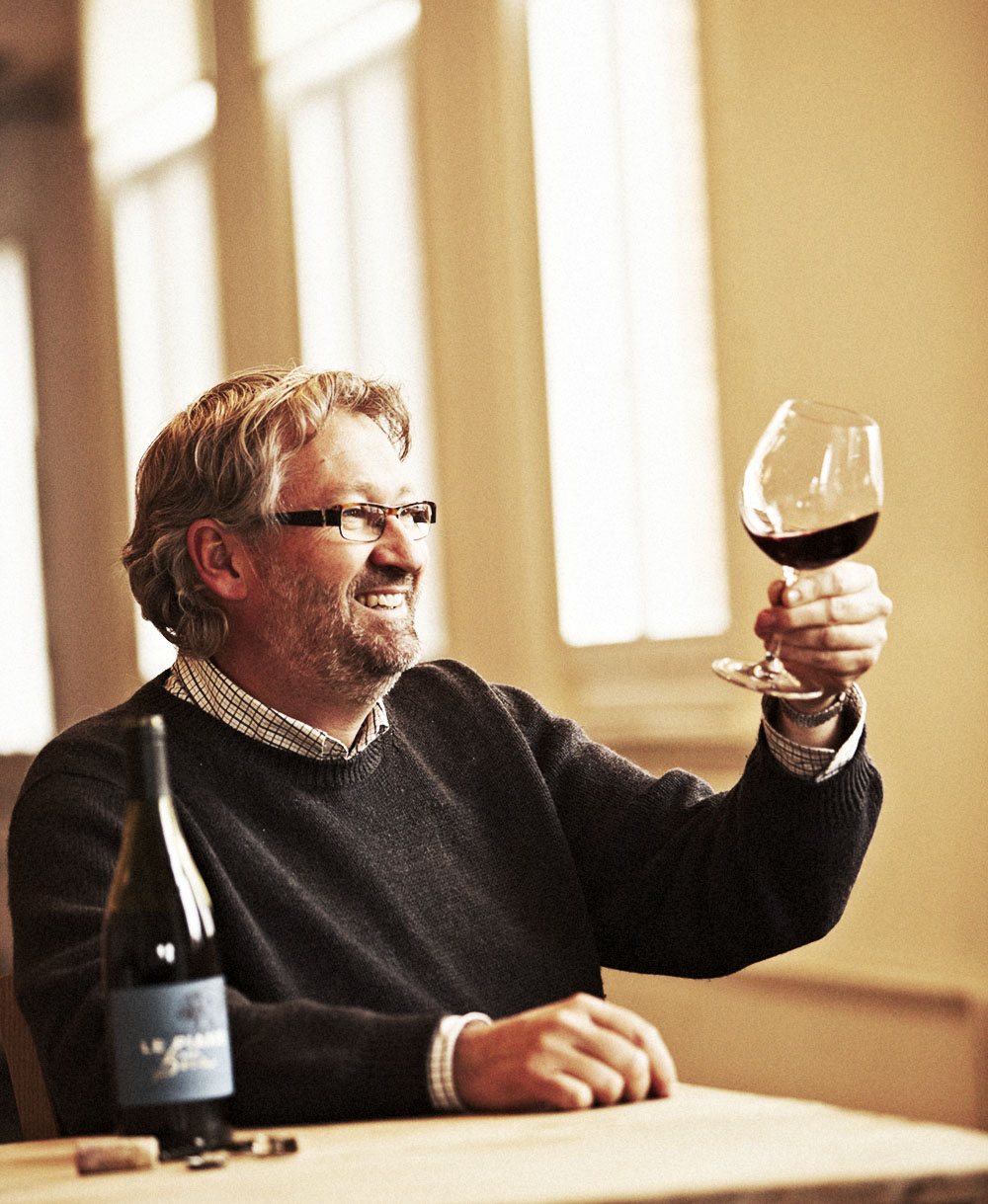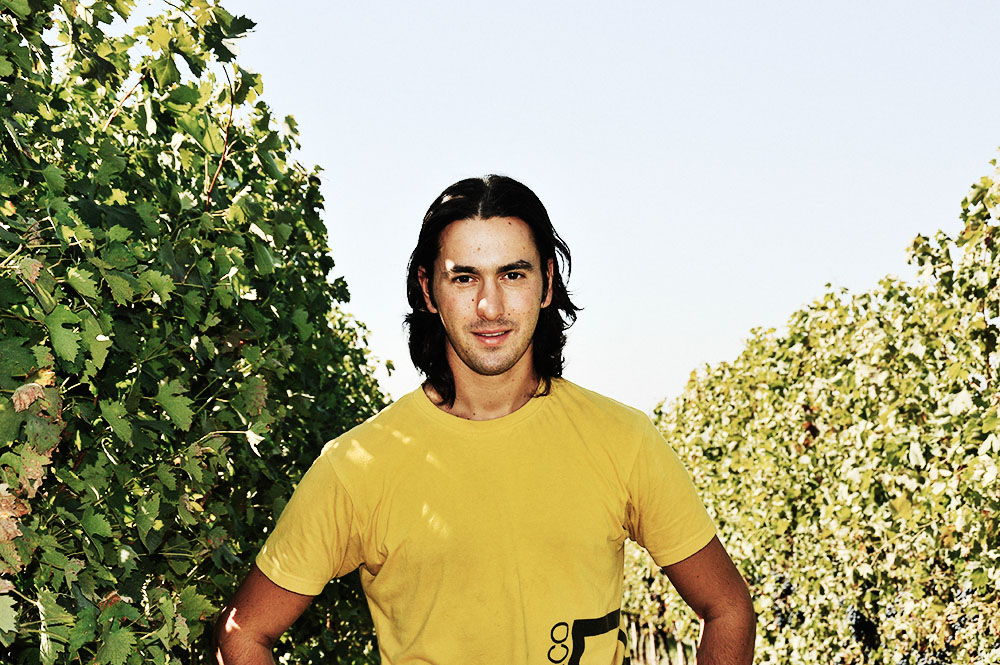A slip of the finger transforms Alto Piemonte into Altro Piemonte. The former is the official name of a collection of 10 DOPs located in the northerly reaches of Piedmont at the foothills of the Alps. Altro or “other” is an equally fitting moniker for this less travelled corner. While it also boasts wines based on the noble Nebbiolo grape, they are virtually unknown next to their famous Langhe cousins, Barolo and Barbaresco.
My first visit to Alto Piemonte was in 2007 and consisted of a brief stop at Antoniolo in Gattinara. I felt slightly proud of myself for having ventured off the beaten track and was captivated by the austere and angular nature of the wines. After a fascinating couple of hours with Alberto Antoniolo, I jumped in the car and raced south to the well-worn circuit of the Langhe hills, bypassing Bramaterra and Lessona, completely ignorant of their existence. Hindsight is 20/20 so I now see it was a blundering error, which I rectified last year by spending days rather than mere hours in this forgotten area.
Producers are quick to remind visitors that in the 16th century, the wines of Gattinara and Ghemme were more famous than those of Barolo and Barbaresco. By the 19th century, the entire area of Alto Piemonte counted 40,000 ha under vines — many more plantings than in the Langhe hills. Today, however, less than 1000 ha is all that remains.
“Just three generations of industry managed to wipe out 25 generations of viticulture,” explains Lessona producer Luca De Marchi. After the ravages of phylloxera, very few vineyards were replanted. Emigration drained the area and those who stayed behind were lured by the promise of reliable income from the burgeoning textile and automobile industries. A devastating hailstorm in 1905, which destroyed virtually the entire year’s harvest, was the straw that broke the camel’s back, giving locals an excuse to abandon their vineyards altogether.
De Marchi calls himself “an archaeological winemaker.” Despite the challenges faced by his ancestors, he sees the greatness of the past and is working to revive it. Talking to me at his Sperino property in Lessona, he says, “The first step is to get producers proud of their history.” De Marchi himself has a lot to be proud of. His father, Paolo De Marchi, is the man behind Isole e Olena in Tuscany. But Paolo is originally from Piedmont and Proprietà Sperino has been in the family since the early 1900s. The return of the De Marchis to Lessona has brought much needed attention to Alto Piemonte.
The key to appreciating the wines from Alto Piemonte is understanding what makes them distinct from their brethren in the Langhe. While producers may tire of such comparisons, the reference is helpful. Alto Piemonte produces truly alpine wines. The mountains are so close you can almost touch them and the air is chilly but invigoratingly fresh. Rainier and cooler, the climate here results in a more delicate and tighter expression of Nebbiolo, which is known locally as Spanna. Extreme diurnal temperatures accentuate Nebbiolo’s already evocative aromas, a huge plus in my eyes. Structurally, the wines are higher in acid, but feature less body, alcohol and usually less tannin.
Traditionally, Nebbiolo has struggled to ripen in these cooler reaches, so blending with other grapes is common. Both Vespolina and Croatina are used to give colour and body to the paler and leaner Nebbiolo. Specifically, Vespolina adds a balsamic, black peppery snap while Croatina lends a creamy fleshiness. The bright and fresh Uva Rara also shows up in small amounts.


